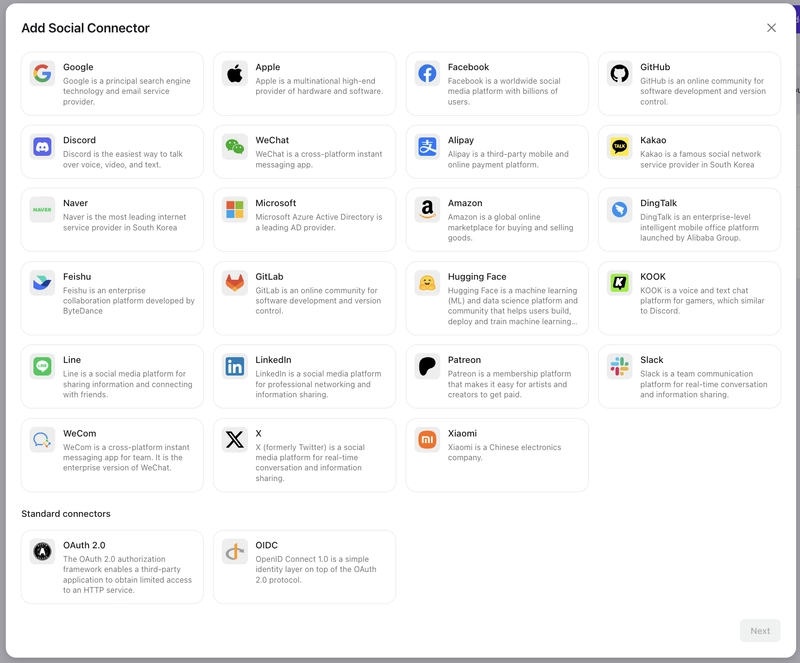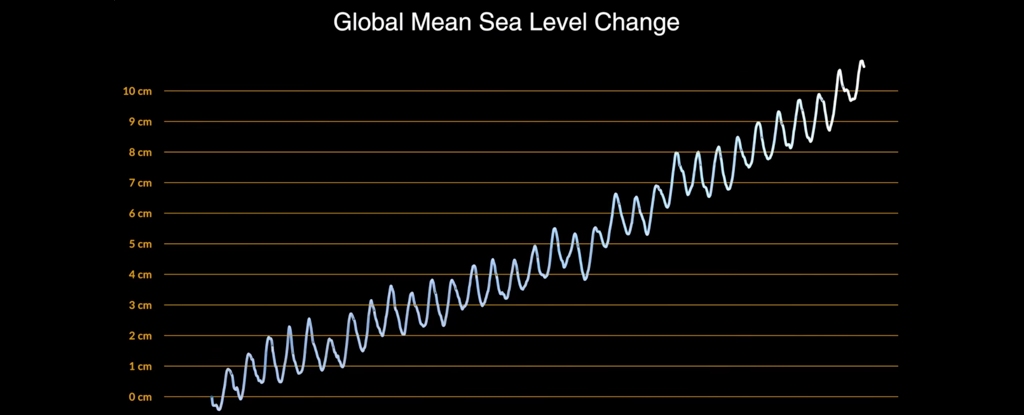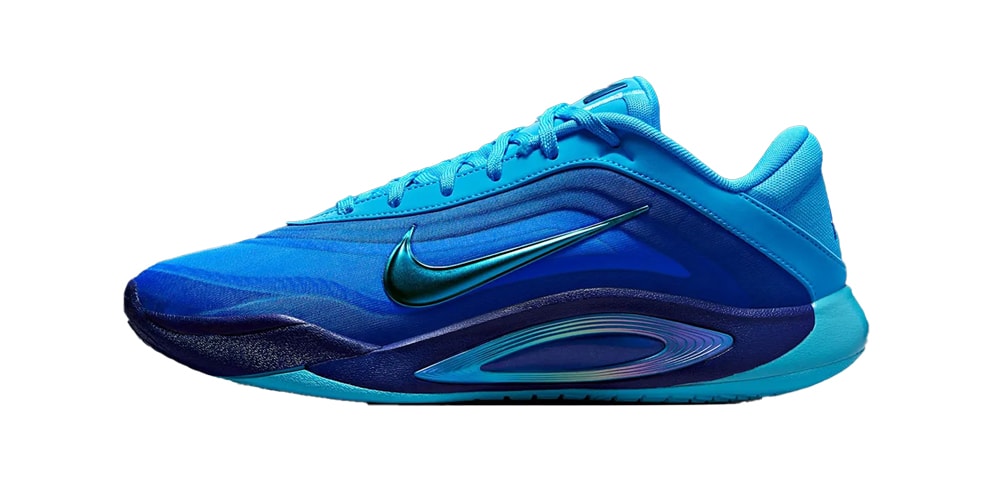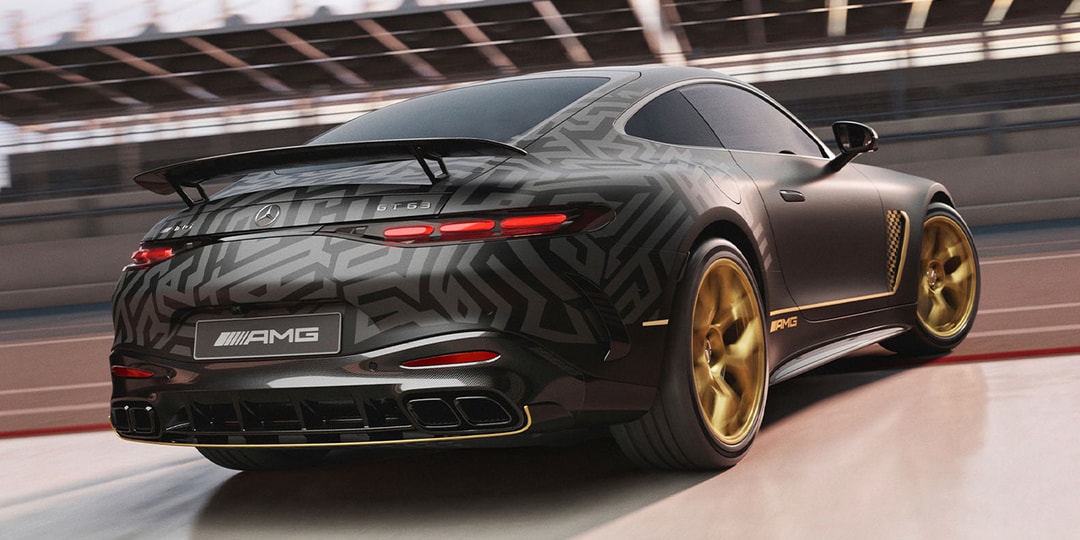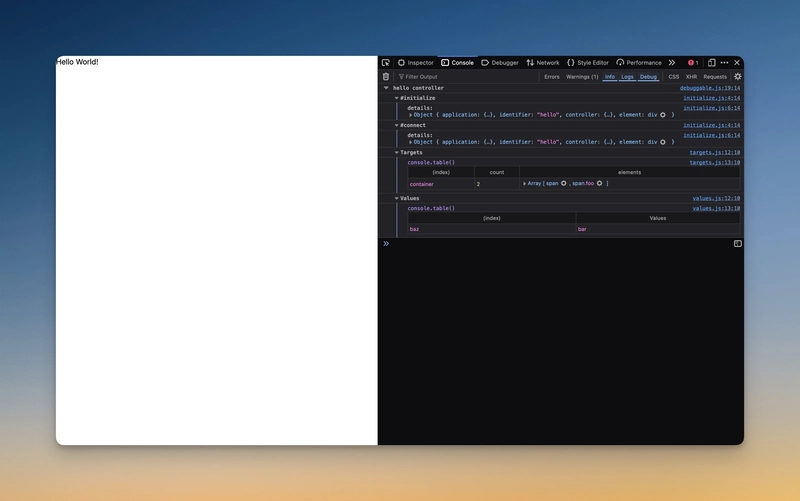Building a Modern Cart Drawer UI with Tailwind CSS
A cart drawer is a sleek, interactive element that slides in from the side of the screen—allowing users to view and manage their cart without leaving the current page. With Tailwind CSS, you can implement this UI pattern quickly and responsively. Step 1: Create the Drawer Structure Use fixed positioning and transitions to create a drawer effect. Your Cart × Eco Leather Backpack Qty: 1 • $129.00 Subtotal: $129.00 Checkout Step 2: Toggle Drawer Visibility You can control visibility with simple JavaScript or Alpine.js. Here’s a basic vanilla JS toggle: function openDrawer() { document.getElementById("cart-drawer").classList.remove("translate-x-full"); } function closeDrawer() { document.getElementById("cart-drawer").classList.add("translate-x-full"); } Step 3: Add a Trigger Button Place a button in your header or nav bar to open the drawer:

A cart drawer is a sleek, interactive element that slides in from the side of the screen—allowing users to view and manage their cart without leaving the current page. With Tailwind CSS, you can implement this UI pattern quickly and responsively.
Step 1: Create the Drawer Structure
Use fixed positioning and transitions to create a drawer effect.
Your Cart

Eco Leather Backpack
Qty: 1 • $129.00
Subtotal: $129.00
Step 2: Toggle Drawer Visibility
You can control visibility with simple JavaScript or Alpine.js. Here’s a basic vanilla JS toggle:
Step 3: Add a Trigger Button
Place a button in your header or nav bar to open the drawer:

















